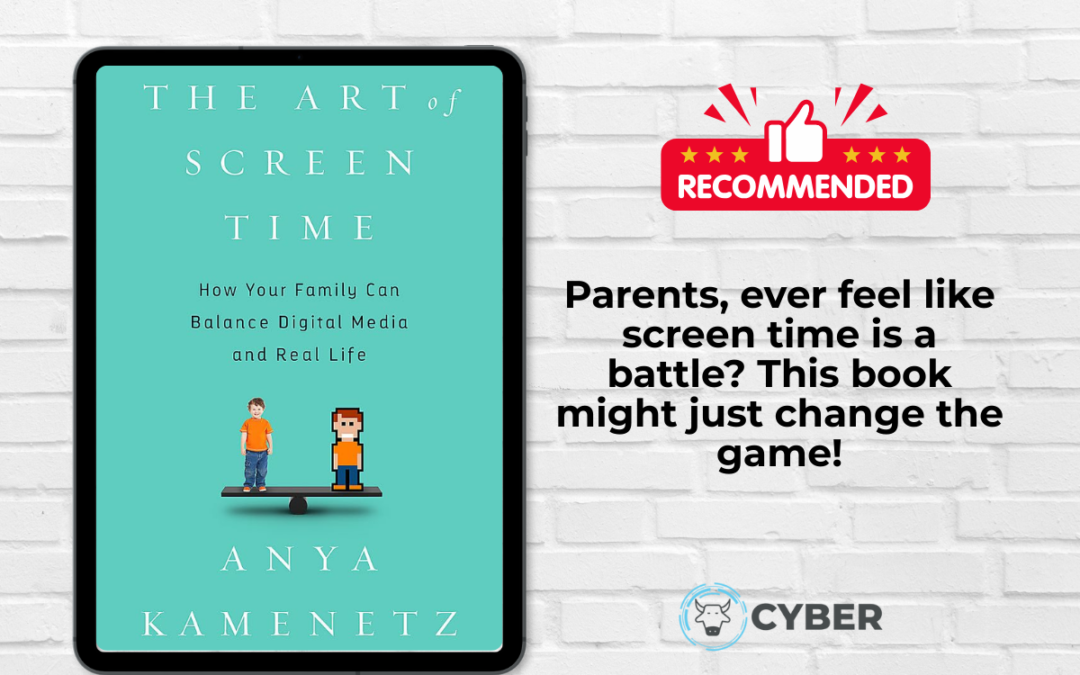Are screens harming our children, or are they an unavoidable part of modern life? Every parent has asked this question at some point. With children spending more time online than ever—whether for education, entertainment, or socialising—it’s essential to understand how to guide them safely.
One book that has been highly recommended by both experts and parents is “The Art of Screen Time” by Anya Kamenetz. Unlike many fear-driven narratives about technology, this book provides a balanced, research-based approach to managing screen time without unnecessary panic.
Why This Book Stands Out
· Practical, Not Fear-Mongering – Instead of telling parents to eliminate screens, Kamenetz focuses on how to use them wisely. She blends scientific research with real-world parenting experiences to offer actionable advice.
· A Calm Approach for Concerned Parents – Many parents feel overwhelmed by conflicting information about screen time. As one reviewer put it: “I am a first-time parent and felt overwhelmed and fearful about the impact of screen time on my young children. This book helped me feel empowered.”
· Tested by Parents, Approved by Experts – Another reader shared that after applying some of the book’s strategies, their household saw fewer tantrums and more family engagement. A researcher in youth technology praised the book for being “well-written, thoughtful, grounded, and practical.”
Key Takeaways for Digital Parenting
· Focus on Quality Over Quantity – Not all screen time is equal. Educational content, creative activities, and co-viewing with parents can be beneficial.
· Set Tech-Free Zones – Keeping screens out of bedrooms and mealtimes fosters healthier habits.
· Have Open Conversations – The best way to keep kids safe online is to talk with them regularly about digital risks and responsible usage.
· Lead by Example – Children mimic their parents’ habits. If we want them to have a healthy relationship with technology, we need to model it ourselves.
The Link to Cybersecurity
Beyond screen time, this book also encourages parents to teach kids about online safety, including:
· The importance of strong passwords and protecting personal information
· How to spot scams and cyber threats
· The dangers of oversharing on social media
As technology continues to shape our children’s world, having the right tools and knowledge can make all the difference. Have you read this book? What strategies have worked for your family?

